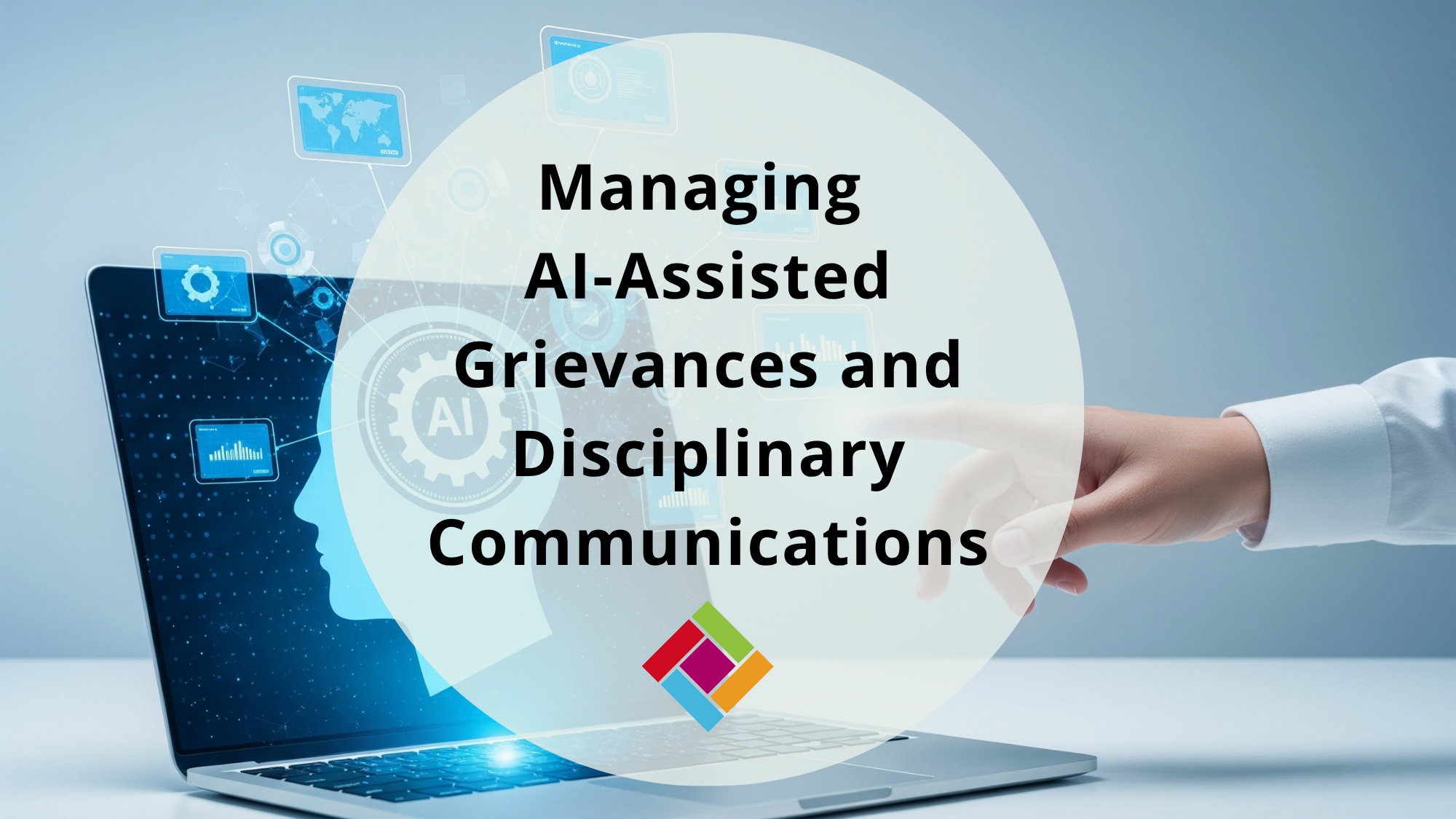
Introduction
AI tools like ChatGPT are changing how employees communicate in the workplace. What used to be a short email or informal note is now often a detailed, structured and persuasive document. Employees are using AI to assist them in writing grievances, disciplinary responses and appeals that reference company policies, legal language and imagined scenarios.
For businesses without in-house HR, this can be difficult to manage. Whether you’re a business owner, a manager, or someone responsible for HR without formal training, it’s important to understand how AI is influencing employee communications, and how to respond effectively.
How Employees Are Using AI Assistance
Employees are increasingly turning to AI tools to help them:
- Structure their thoughts clearly
- Use formal and professional language
- Reference policies or legal frameworks
- Create persuasive arguments
- Include hypothetical scenarios to support their case
Even relatively minor concerns can now arrive in the form of a well-written, comprehensive document. It’s not uncommon for disciplinary responses or grievances to read like something drafted by a solicitor, even if the employee has no legal background.
Why This Matters for Employers
For employers, especially those without dedicated HR teams, this shift introduces new challenges:
- Communications may feel more serious or intimidating than they actually are
- Managers may feel unsure how to respond appropriately
- There’s a risk of overreacting or underestimating the issue
It’s important to remember that behind the AI-assisted message is a real employee with genuine concerns. The language may be elevated, but the issue still needs to be handled with empathy, clarity and consistency.
Common Features of AI-Assisted Employee Messages
Some patterns we’re seeing more often include:
- Formal tone: Messages often mimic legal or policy documents
- Policy references: Employees may cite internal procedures or external standards
- Hypothetical scenarios: AI may introduce imagined situations to strengthen the argument
- Comprehensive framing: Issues may be presented with background, context and suggested outcomes
These features can make the communication feel more complex than it really is. The key is to focus on the core concern and respond appropriately.
Practical Steps for Employers
Whether you’re dealing with a grievance, disciplinary issue or appeal, here are some steps to take:
- Review carefully before responding: Read the message thoroughly, and identify the real concern behind the AI-assisted content.
- Focus on the employee, not the AI: Respond to the person’s experience, not the structure or references in the message.
- Use clear and consistent language: Keep your response professional, plain and consistent with how similar issues have been handled.
- Document everything: Keep accurate records of all communications, especially if multiple policies or scenarios are referenced.
- Get expert support: If you don’t have in-house HR, or if the situation feels complex, seek professional advice. A well-handled response can prevent escalation and protect your business.
Final Thoughts
AI is helping employees express themselves more clearly, but it’s also adding complexity to workplace communications. Businesses that respond with empathy, structure and consistency will be best placed to manage these situations effectively. You don’t need to be an HR expert to get it right, but you do need to approach it thoughtfully.
Call to Action
At Bespoke HR, we act as your outsourced HR partner, helping you respond to AI-assisted employee communications with confidence. Whether you’re dealing with a disciplinary issue, a grievance or an appeal, we’ll help you keep the process fair, compliant and focused on resolution.
If you’re unsure how to respond, or want to talk through a situation, you can book a Free HR advice call.